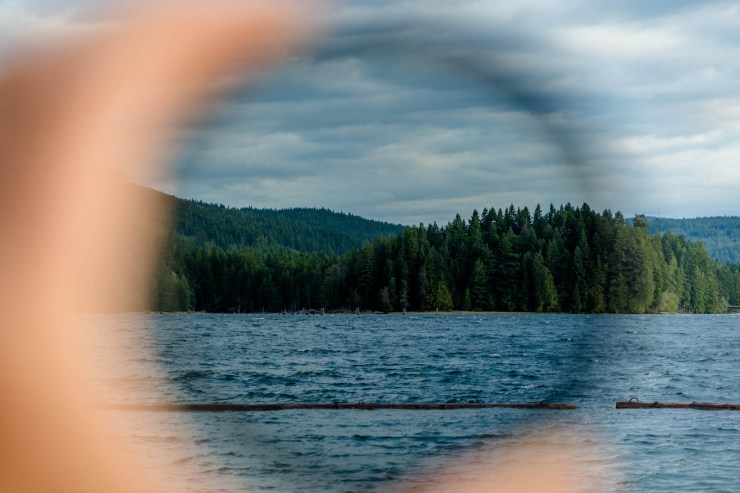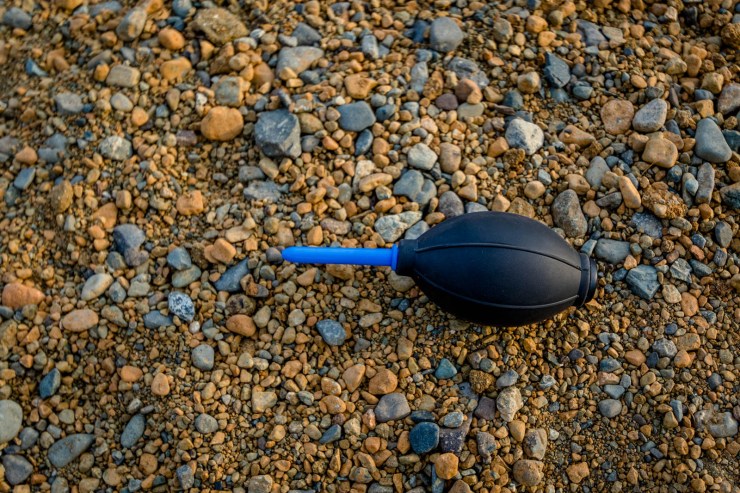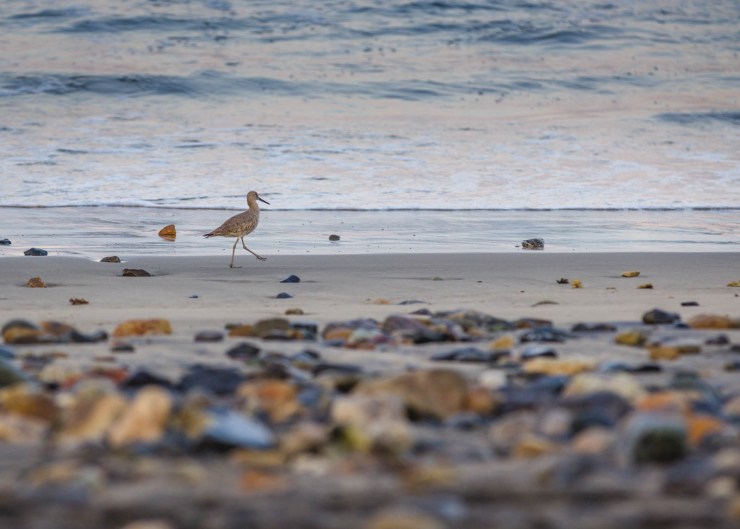As we enter the heart of summer, you might find yourself spending more time at the beach. As photographers, we love to bring our gear with us everywhere we go. If you’re not careful, the beach can be a deadly place for your expensive camera and lenses.
Below are a few quick tips for keeping your photography gear safe while at the beach.
Bags
If you’re going out for a relaxing day at the beach and want to take some candid pictures, don’t just throw your camera in a bag with your towel, sunscreen and picnic lunch. Having a proper photography bag to keep your gear safe from the elements is essential, and bonus points if it’s waterproof, (I love my WANDRD PRVKE Lite for this reason). You can also read about my triple bag trick for beach photography here.
UV and polarizing filters
I personally don’t usually use a UV filter on my lenses unless I’m shooting in an environment where I think I may need to protect my lenses. Being at the beach can be one of those circumstances, especially if it’s really windy and sand is flying around. A UV filter can protect your expensive glass from the elements.
Alternatively, a polarizing filter is often super handy at the beach anyway as it cuts down glares and reflections and can intensify the blues of the water and sky. It will also protect your more expensive lens if needed. I always have my polarizing filter with me when I hit the beach.

Be smart with your lens changes
Change your lenses as little as possible when at the beach. Avoiding getting sand or moisture inside your camera is crucial. If your car is close, do it there, or shield yourself with a clean towel or blanket if needed. I use a large Ziplock bag to change my lenses in as well.
Think about what lens you’re most likely to use and have it on your camera before you leave the house. The same principles apply to your battery and memory card compartments.
Cleaning gear
Have a clean towel, lens cloths and a dust blower in your bag in case you need to get rid of any unwanted particles on your camera gear. Keep these things protected inside your camera bag until you need them.

Know the tides
As someone who grew up on the beach, this is no-brainer. However, people less familiar with the ocean often don’t realize how fast it can ebb and flow. Always know where your gear is, and which direction the tide is going.
On a flat beach, an incoming tide can rapidly advance and the spot that you thought all of your gear was safe could quickly be submerged.
When shooting on a beach with crashing waves, always be aware of the potential for rogue waves which can suddenly appear much larger than the others and take you by surprise. If shooting with your back to the water, also keep watch on what the ocean’s doing behind you.

Keep it cool
Watch out for your gear overheating if exposed to the hot sun all day. Find shade if possible, or make some by using an umbrella or blanket. Be mindful of how long you’ve had your camera in the sun for and give it cooling breaks if needed.
While a lot of these tips may seem like common sense, it’s good to get in the habit of being super vigilant with your camera equipment at the beach. Preventing exposure to the potentially harmful elements while also having the right gear to clean and protect your camera and lenses will save you a ton of headaches (and money!) down the line.
Tell your story with the second annual Visual Storytelling Conference!
Experience four days of interactive, online training sessions featuring a range of educational content with experienced photographers and content creators. This free event kicks off with a series of technical boot camps to build essential skills, followed by live, online sessions on photography, video, business and social media. Join live from March 10-13, 2022!
